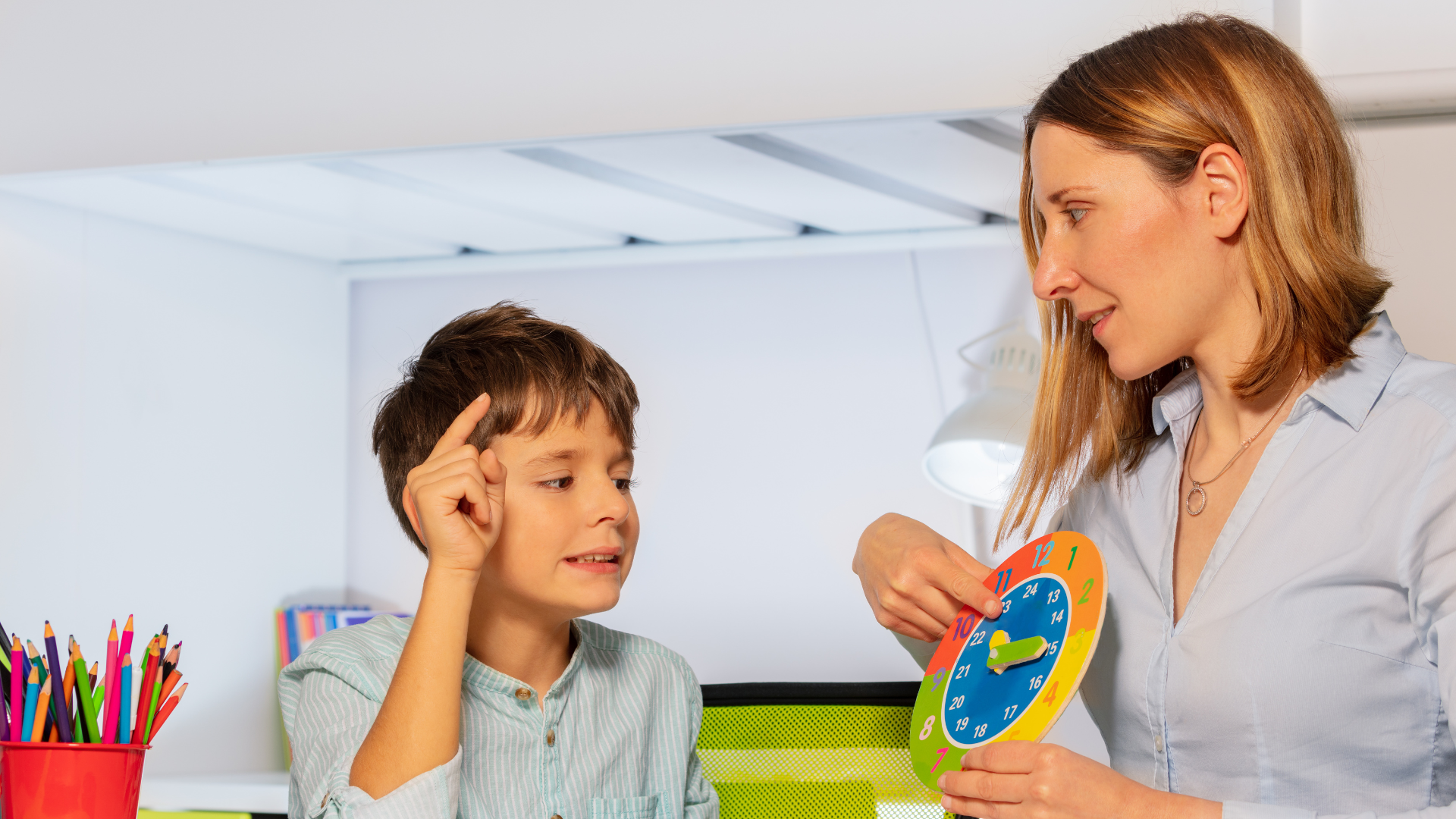When it comes to engaging children with autism in activities, it’s important to consider their individual interests, abilities, and sensory sensitivities. Here is a list of different activities that parents can involve kids with autism in:
- Arts and crafts: Engage children in creative activities like painting, drawing, sculpting, or making collages. Use different materials and textures to stimulate their senses.
- Sensory play: Create sensory bins or stations with materials like sand, water beads, rice, or slime. Encourage exploration and play using different textures and objects.
- Outdoor activities: Take your child to the park or playground to enjoy activities like swinging, sliding, or climbing. Outdoor activities provide sensory input and opportunities for social interactions.
- Music therapy: Introduce your child to music and musical instruments. Sing songs together, play musical instruments, or explore rhythm and movement through dance.
- Nature walks: Take nature walks in parks or gardens. Explore different plants, flowers, insects, or birds. Nature can provide a calming and engaging environment.
- Cooking and baking: Involve your child in simple cooking or baking activities. They can help measure ingredients, mix, or decorate. Cooking activities promote fine motor skills and encourage following instructions.
- Board games and puzzles: Play board games or puzzles that are suitable for your child’s age and abilities. These activities can help develop cognitive skills, turn-taking, and social interaction.
- Physical activities: Engage your child in physical exercises like swimming, yoga, or martial arts. These activities can help improve coordination, body awareness, and overall physical fitness.
- Role-play and pretend play: Encourage imaginative play by setting up scenarios or using props for role-playing. This can help with social skills, communication, and creativity.
- Storytelling and reading: Read books together and engage in storytelling activities. Choose books with colorful illustrations and interactive elements to keep your child engaged.
Remember to tailor the activities to your child’s specific needs and preferences. It’s also important to provide a structured and supportive environment, allowing your child to take breaks or adjust activities as needed.


0 Comments